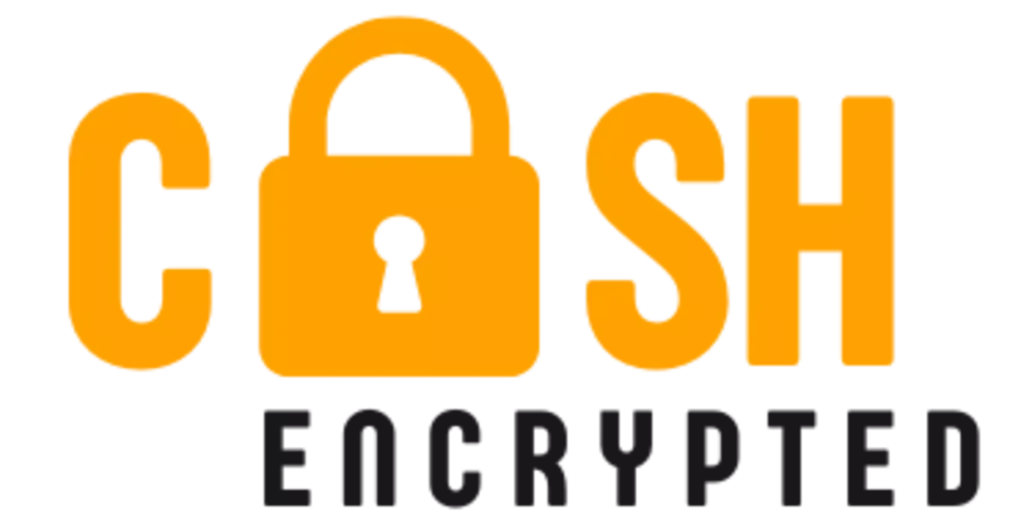Decentralized Finance, or DeFi, is reshaping the way we think about finance by bringing services typical of traditional banking to the blockchain. Becoming familiar with various DeFi tools is essential for newcomers who wish to navigate this innovative arena successfully. This exploration will guide you through some pivotal tools that can empower beginners to take part in DeFi with confidence, enhancing your understanding of how to manage digital assets effectively.
Decentralized Wallets: Your Gateway to DeFi
Decentralized wallets are indispensable in decentralized finance (DeFi), serving as the primary means to manage digital assets securely and independently. Unlike centralized wallets, they provide users full control over their private keys, essential for ensuring ownership and security of the assets. This self-custody feature is crucial for participating in DeFi, as it aligns with its core principles of autonomy and decentralization.
One pressing reason they are pivotal is their role in providing secure interactions with decentralized applications (dApps). Without a centralized point of failure, decentralized wallets lessen the risk of large-scale hacks or data breaches. Their design does not store users’ private keys on a central server, but rather on the user’s device, significantly enhancing security.
There is a variety of decentralized wallets available, each offering unique features and functions. Broadly categorized, they include hardware wallets, which are physical devices storing private keys offline, and software wallets available as mobile apps or browser extensions. Hardware wallets are renowned for their security as they remain disconnected from the internet when not in use. Software wallets, on the other hand, provide ease of access and convenience but require secure platforms to operate safely.
Selecting the right wallet involves assessing several essential features. Security comes foremost; look for wallets offering robust encryption technologies and two-factor authentication. Ease of use is also important, as a user-friendly interface can facilitate smoother interactions, especially for newcomers to DeFi. Wallets with a clear layout, intuitive navigation, and straightforward setup processes are ideal.
Compatibility is another crucial factor. Decentralized wallets should support multiple blockchains and tokens, ensuring users have the flexibility to interact with a variety of DeFi protocols. This multifunctionality can greatly enhance the breadth of opportunities available within the DeFi landscape, from staking to yield farming.
Ultimately, decentralized wallets open up a world of possibilities in DeFi by democratizing access to financial tools and services. Their importance in safeguarding assets and enabling seamless interaction with the DeFi ecosystem can’t be overstated. As the landscape evolves, so too will the features and capabilities of these wallets, continually enhancing their role as gateways into the decentralized financial future.
Decentralized Exchanges (DEXs): Facilitating Crypto Trading
Decentralized exchanges (DEXs) are revolutionizing the way cryptocurrencies are traded by allowing peer-to-peer transactions without intermediary control. Unlike traditional exchanges where a central authority manages user funds, DEXs employ blockchain technology to facilitate direct trading between users. This operational structure enhances both privacy and security, appealing to individuals concerned about centralized data breaches and identity exposure.
DEXs operate using smart contracts, which are self-executing agreements with code stored on the blockchain. These contracts automate transaction processes, ensuring trade execution only when predefined conditions are met. Users retain control of their private keys, which reduces the risk of funds being hacked through a centralized platform.
Privacy is a significant advantage of DEXs as they typically do not require personal information for trading, mitigating concerns about identity theft. Security is similarly boosted, with the decentralized architecture reducing the single points of failure that characterize centralized exchanges.
Liquidity, however, can be a concern with DEXs. These platforms often do not match the liquidity levels of their centralized counterparts, which may result in slower or less favorable trade executions. Still, innovative solutions like liquidity pools, where participants contribute assets and earn rewards, are constantly evolving to address these challenges.
Fees on decentralized exchanges generally comprise network and transaction fees, which can be variable. Understanding these costs is crucial for users to avoid unexpected expenses. User interface design also plays a critical role, especially for beginners. A simple and intuitive interface can significantly improve the user experience, reducing the potential for costly errors during transactions.
Several well-regarded DEXs illustrate these principles. They reflect the essential aspects that users should evaluate when selecting a platform, such as ease of use, fee structure, and liquidity options.
For those keen to explore the nuanced dynamics between traditional finance structures and decentralized ones, resources such as this comparison guide can offer valuable insights into DEXs’ real-world applications and benefits.
Yield Farming: Generating Returns in DeFi
Yield farming has emerged as a centerpiece in the decentralized finance (DeFi) ecosystem, offering a novel way to earn rewards on crypto holdings. By depositing or locking their cryptocurrencies into a DeFi protocol, individuals can receive returns often higher than traditional savings accounts. This chapter delves into the workings of yield farming, its enabling platforms, risks, and tips to optimize returns.
At its core, yield farming involves lending your crypto assets to a platform to earn interest or additional tokens. Liquidity providers supply funds into liquidity pools, which are then used by the platform to facilitate lending, borrowing, or trading activities. In exchange, providers receive a share of transaction fees and sometimes new tokens as rewards.
Many platforms facilitate yield farming, each offering unique farming options. They vary in complexity, rewards, and the cryptocurrencies they support. However, entering the world of yield farming is not without risks. Volatility in crypto prices can dramatically affect returns. There’s also the risk of impermanent loss, where the value of your staked tokens might decrease compared to simply holding them. Smart contract vulnerabilities present another potential threat, as code exploits could lead to asset losses.
To mitigate these risks, newcomers should start by understanding the market dynamics and selecting well-audited platforms. Diversifying across multiple farms can reduce the impact of a failure in any single protocol. Beginners should also keep a close watch on market conditions to decide when to enter or exit positions.
Prudent yield farmers continuously educate themselves about new strategies and trends in the DeFi space. It’s crucial to regularly review rewards from different pools and adjust allocations for optimal yields. Novices should consider starting with a demo account or a small investment to familiarize themselves without risking significant capital.
As yield farming continues to evolve, staying informed and vigilant can lead to rewarding opportunities. For more insights on identifying promising DeFi projects, explore CashEncrypted’s guide.
Final words
DeFi opens the door to a new world of financial opportunities, but understanding the tools available is crucial for navigating this space successfully. By mastering the use of decentralized wallets, exchanges, and yield farming, you can participate securely and effectively in the DeFi ecosystem. I encourage you to explore further to stay informed and make the most out of the dynamic world of DeFi.
Discover our main partner’s website
Learn more: https://pleasureinhealth.com/


